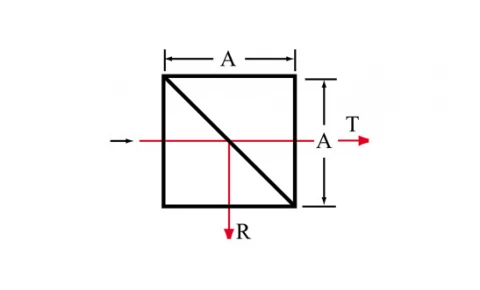Description
Polarization Beamsplitter Cubes are an essential component for optical systems requiring precise light management. These beamsplitters utilize two complementary prisms to achieve their function. The design ensures that the output beam parallel to the input beam is p-polarized, while the orthogonal output beam is s-polarized. This polarization separation is crucial for applications demanding high precision and efficiency.
Crafted from BK-7 grade A optical glass, these beamsplitters are available in a dimension range from 3.2mm to 50.8mm, with a dimensional tolerance of ±0.2mm. The angular tolerance is maintained at ±3 arc minutes, ensuring minimal deviation. The surface quality is rated at 60/40 for scratch and dig, providing a high-quality finish suitable for demanding optical applications.
The beam deviation is kept within 3 arc minutes, and the extinction ratio exceeds 100:1, ensuring superior performance. The principal transmittance and reflectance values are optimized for efficiency, with Tp>95% and Ts<1%, and Rs>99% and Rp<5%, respectively. These beamsplitters cover a broad wavelength range from 226nm to 2300nm, making them versatile for various optical setups.
Each beamsplitter is coated with a polarization beamsplitter coating on the hypotenuse and an anti-reflective coating with R<0.25% per face for all four faces. This meticulous coating process enhances the beamsplitter's performance by minimizing reflection losses and maximizing transmission efficiency.
Beamsplitter Cube - BSPB1-20 450-680nm
Specifications
| Material: | N-BK7 |
|---|---|
| Wavelength Range: | 450 – 680 nm |
| Max Beam Deviation: | 3 arcmin |
| Size (Linear Dimension): | 20 mm |
| Surface Quality/Scratch & Dig: | 60/40 |
| Extinction Ratio: | >100:1 |
| Principal Transmittance: | Tp>95% and Ts<1% |
| Principal Reflectance: | Rs>99% and Rp<5% |
Features
- High-Quality Material: Made from BK-7 grade A optical glass for superior performance.
- Precision Dimensions: Available in a range of sizes from 3.2mm to 50.8mm with a dimensional tolerance of ±0.2mm.
- Accurate Angular Tolerance: Maintains an angular tolerance of ±3 arc minutes for precise applications.
- Excellent Surface Quality: Surface quality rated at 60/40 for scratch and dig.
- Minimal Beam Deviation: Beam deviation is kept to 3 arc minutes.
- High Extinction Ratio: Extinction ratio greater than 100:1 for effective polarization separation.
- Superior Transmittance and Reflectance: Principal transmittance of Tp>95% and Ts<1%, with principal reflectance of Rs>99% and Rp<5%.
- Wide Wavelength Range: Operates effectively across wavelengths from 226nm to 2300nm.
- Advanced Coatings: Polarization beamsplitter coating on the hypotenuse and AR coating with R<0.25% per face for 4 faces.
- Customizable Options: Custom versions available upon request to meet specific requirements.
- Next Day Shipping: Available for most wavelengths, ensuring quick delivery.
- Volume Discounts: Discounts offered on orders of 10 pieces or more.
Applications
- Optical Systems: Ideal for use in optical systems requiring polarization separation.
- Laser Applications: Suitable for laser beam manipulation and splitting.
- Imaging Systems: Used in imaging systems to enhance contrast and clarity by separating polarized light.
- Telecommunications: Applicable in fiber optics and telecommunications for signal processing.
- Scientific Research: Utilized in laboratories for experiments involving polarized light.
- Photography: Can be used in photographic equipment to manage light polarization.
- Microscopy: Enhances microscopy techniques by controlling light polarization.
- Display Technology: Used in display technologies to improve image quality through polarization control.
Frequently Asked Questions
What are Polarization Beamsplitter Cubes?
What is the wavelength range for the Polarization Beamsplitter Cubes?
What is the angular tolerance for the Polarization Beamsplitter Cubes?
Are custom versions of the Polarization Beamsplitter Cubes available?
What is the principal transmittance and reflectance for the Polarization Beamsplitter Cubes?
Similar Products
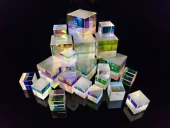
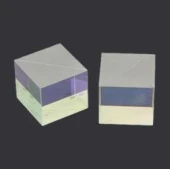

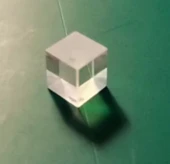
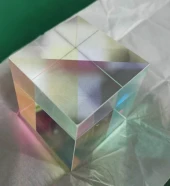
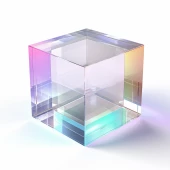
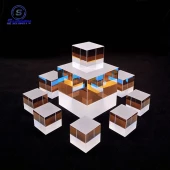
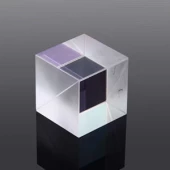
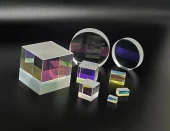

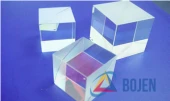

Your inquiry has been received.
Create an account by adding a password
Why create an account?
- Auto-complete inquiry forms
- View and manage all your past messages
- Save products to your favorites
- Close your account anytime — no hassle

